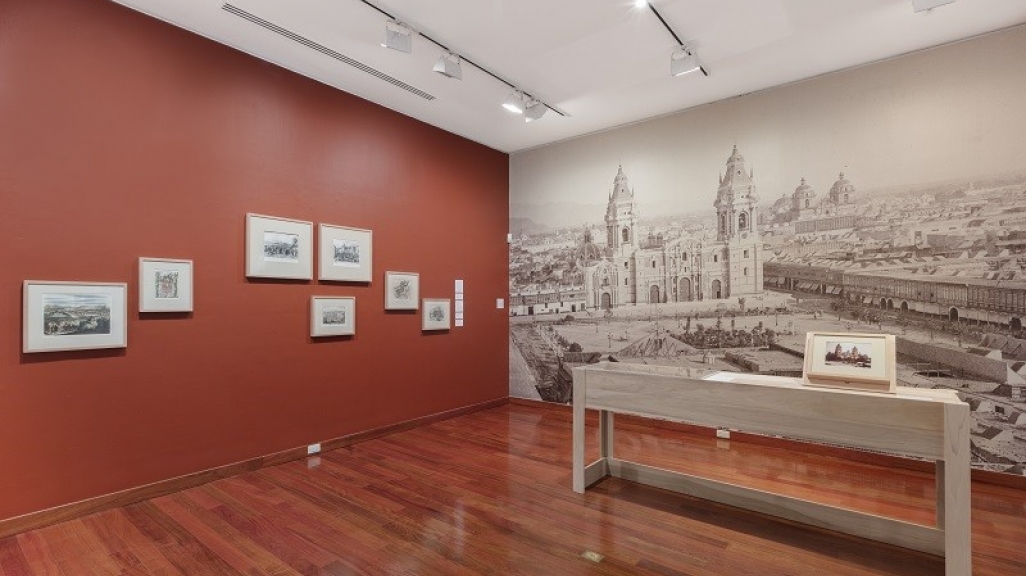The New York Times on Americas Society's The Metropolis in Latin America, 1830–1930
The New York Times on Americas Society's The Metropolis in Latin America, 1830–1930
On view until June 30, the exhibition is a tale of ambition, nationalism, violence, technical innovation, and economic transformation.
For design-minded travelers, the principal calling cards of Mexico City, Lima or São Paulo — Latin America’s megacities, each of them larger than New York — have been their delirious modernist structures. Although many are now in disrepair, these cities’ tower blocks and raised highways reflect the ambitions of nationalist governments of the 1950s and 1960s.
Recent exhibitions, including one at the Museum of Modern Art in 2015, have positioned the modern moment as Latin America’s architectural golden age. And modernist architects like Brazil’s Oscar Niemeyer and Mexico’s Luis Barragán have occasioned frequent exhibitions, fashion editorials and monolithic Instagram bursts.
The millions who live in these cities, though, know that there’s a whole prehistory to their modernist urban experiments. It’s a tale of ambition, nationalism, violence, technical innovation and economic transformation, playing out on grand avenues and in palatial parliaments.
Learn about The Metropolis in Latin America, 1830–1930, exhibition, on view until June 30th.









